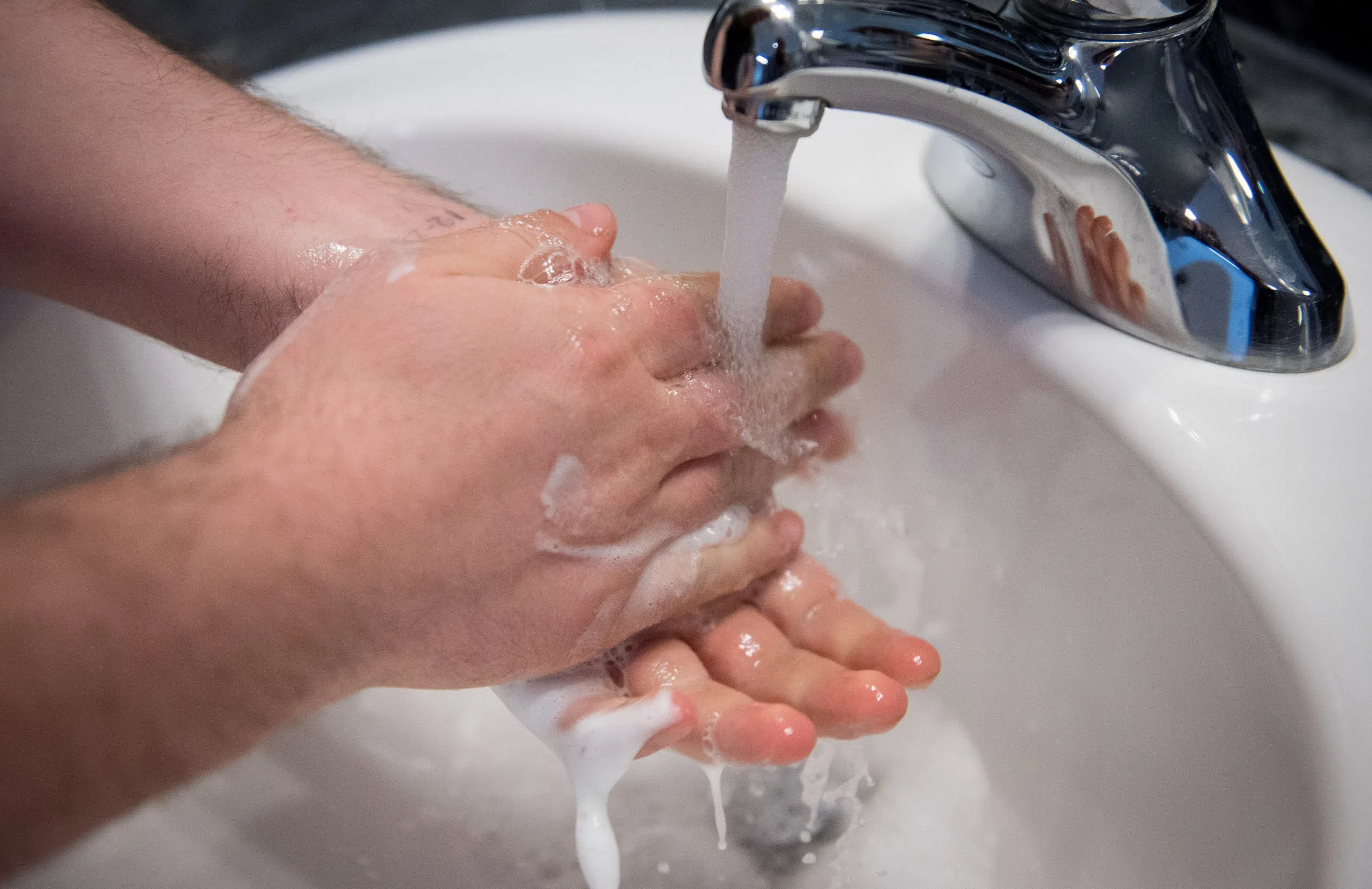
‘We are not happy’: health region on hand washing rates
Despite a trend in the right direction, hand hygiene compliance continues to be a concern for those at the Prince Albert Parkland Health Region.
Results from a recent audit of the region released at a health board meeting last week showed despite a compliance rate of 75.5 per cent overall in November, up from 71.4 in May 2016, various departments are performing at much lower levels.
“We are not happy with 75 per cent,” Pat Stuart, vice president of clinical services and quality control told paNOW. “We need to have it at a lot more than that.”
Though some departments in the Victoria Hospital and acute care are performing over the 80 per cent desired threshold, others are in concerning territory.


